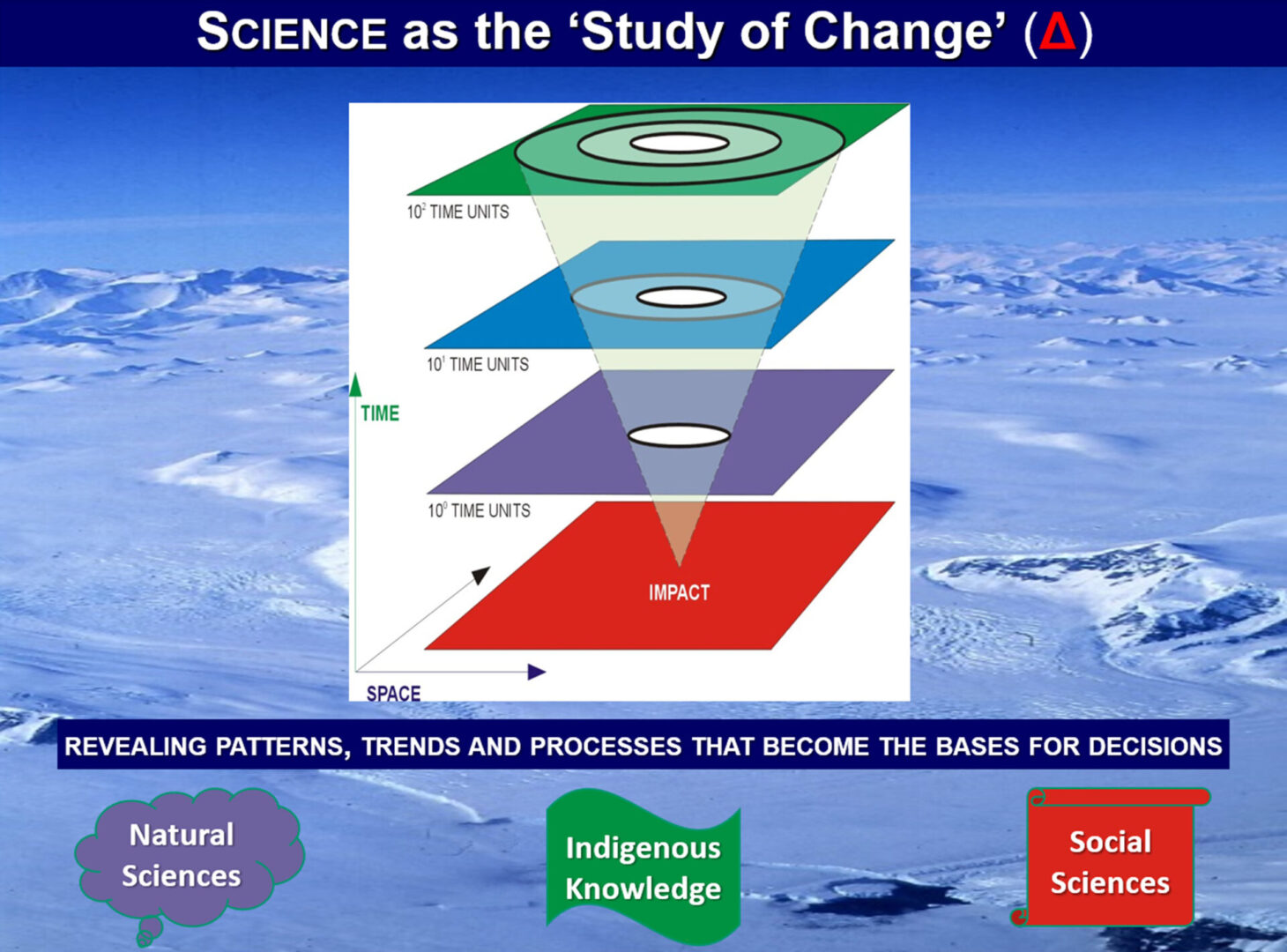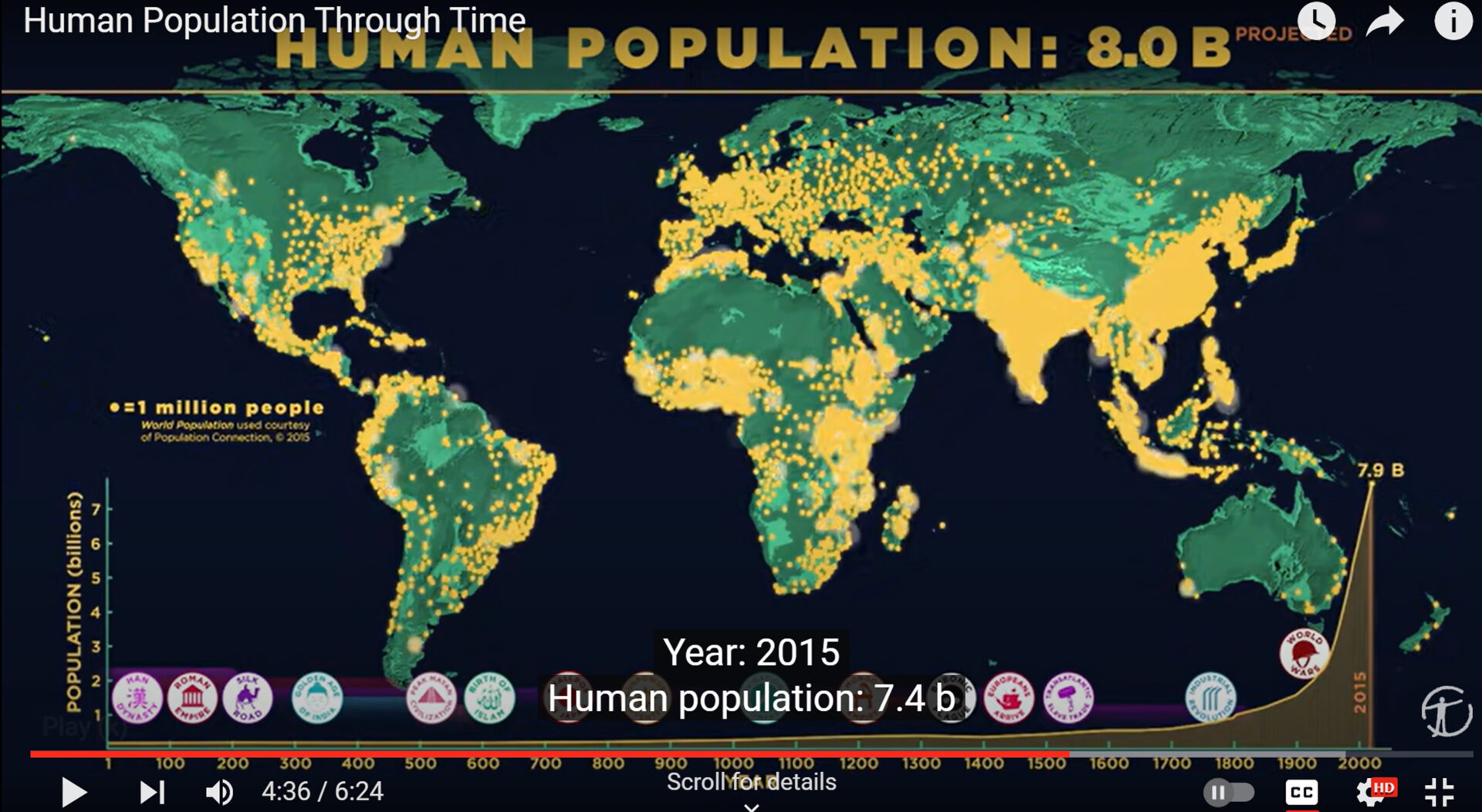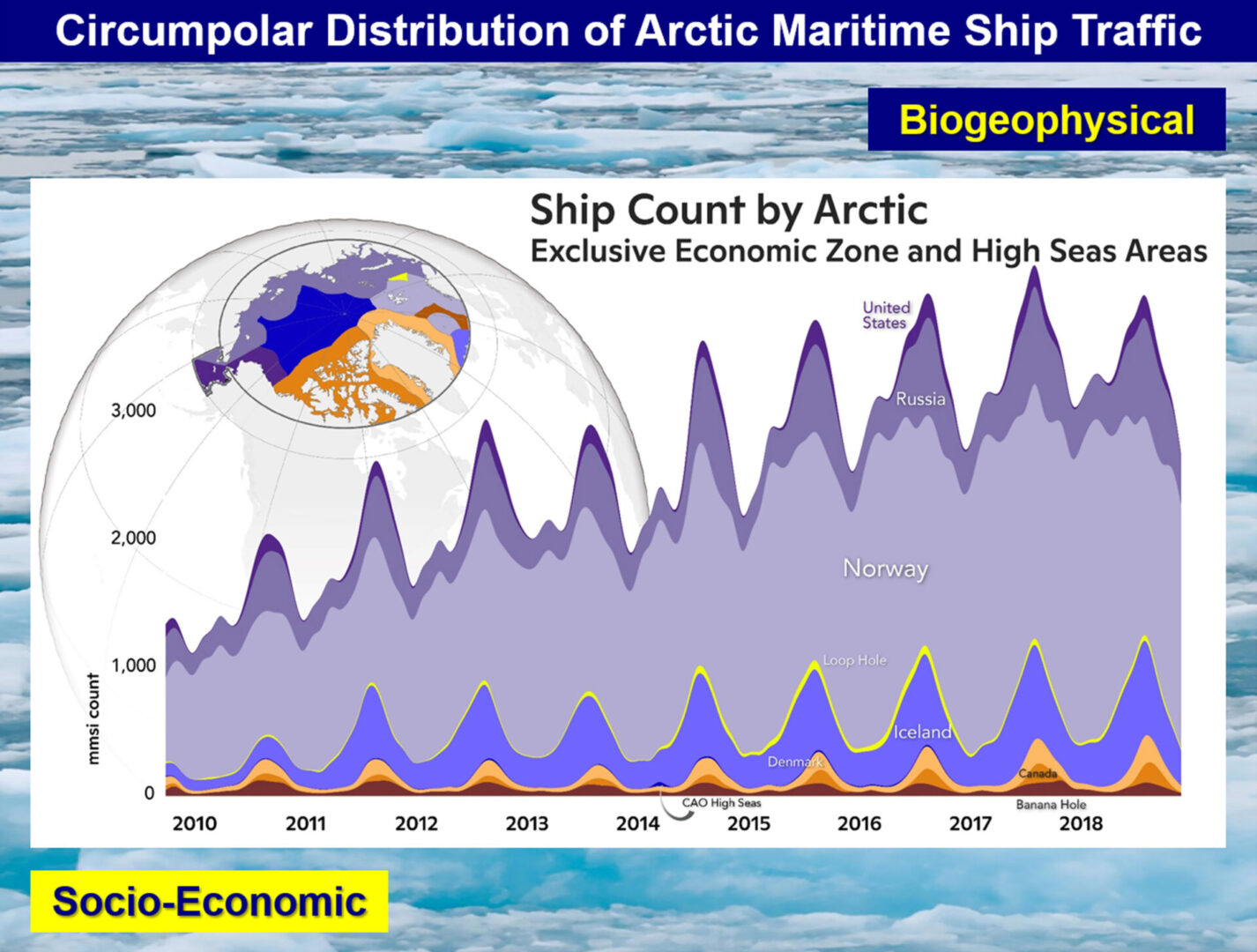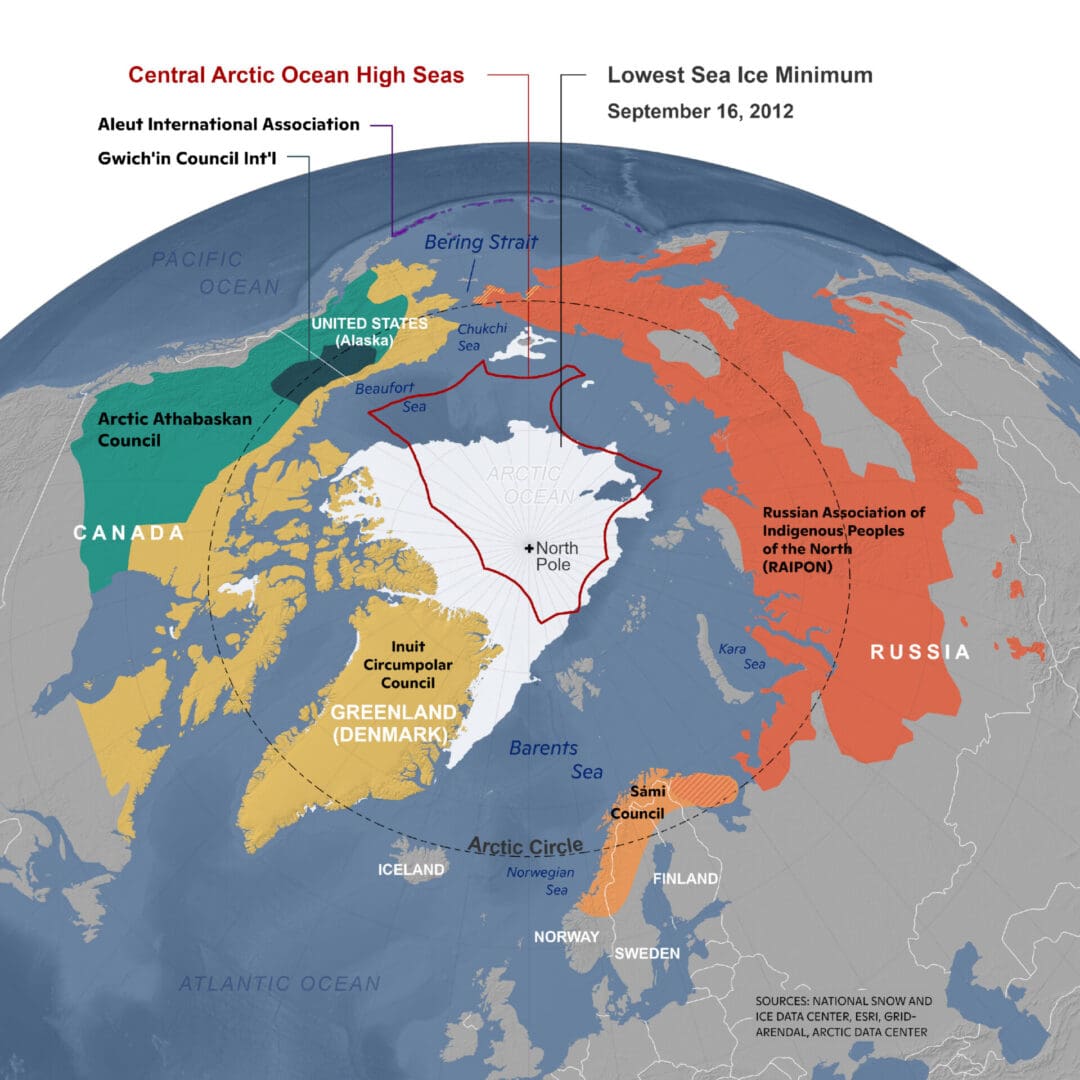The Science Diplomacy Center™ contributes to Open Science by generating transdisciplinary research products that have societal benefits at personal-to-planetary levels short-to-long term with inclusion (who, what, when, where, why and how). The six elements of inclusion also represent the foundational questions for everyone to discover knowledge with lifelong learning. Open Science includes the natural sciences, social sciences and Indigenous knowledge – together with science as the ‘study of change’ – representing knowledge systems of humanity to interpret patterns, trends, and processes that become the bases for decisionmaking.
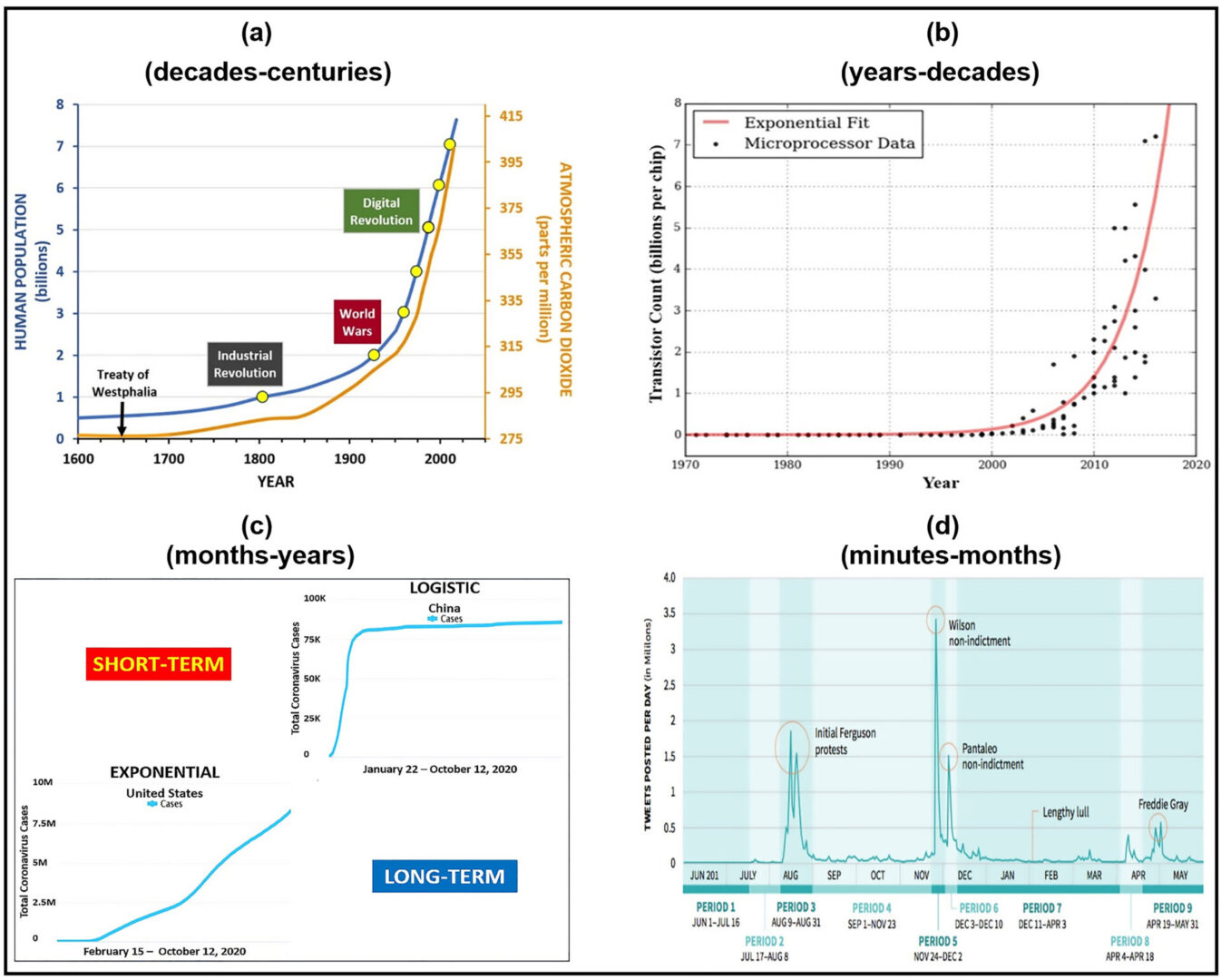
The Science Diplomacy Center™ seeks to stimulate the imagination and compassion of next-generation science diplomats who can synthesize questions, facilitating transdisciplinary inclusion across the spectrum of subnational-national-international jurisdictions before-through-after inflections points short-to-long term. Global inflection points for peoples, nations, and our world are illustrated with exponential changes, when human interventions are urgent to 'bend the curve':
-
Month-years because of our global pandemic (highlighting that we all have a common interest in survival) with challenges to end the devastation on a planetary scale and to evolve as a globally-interconnected civilization;
-
Years-decades because of high technologies and the opportunities as well as challenges of the digital era, considering communications, genetics, artificial intelligence, robotics, 3-D printing, nano-technologies, clean energy systems, outer space exploration, and other creative contributions that are transforming science fiction into reality;
-
Decades-centuries because of human population growth and Earth's climate on a planetary scale, underscoring the time frames of sustainable development across generations with ever-present urgencies to balance environmental protection, economic prosperity, and societal well-being.
It is noted that social media time scales (minutes-months) are reactive, tactical, and too short to produce informed decisions (“operating across a continuum of urgencies” ) that involve strategic considerations short-to-long term.
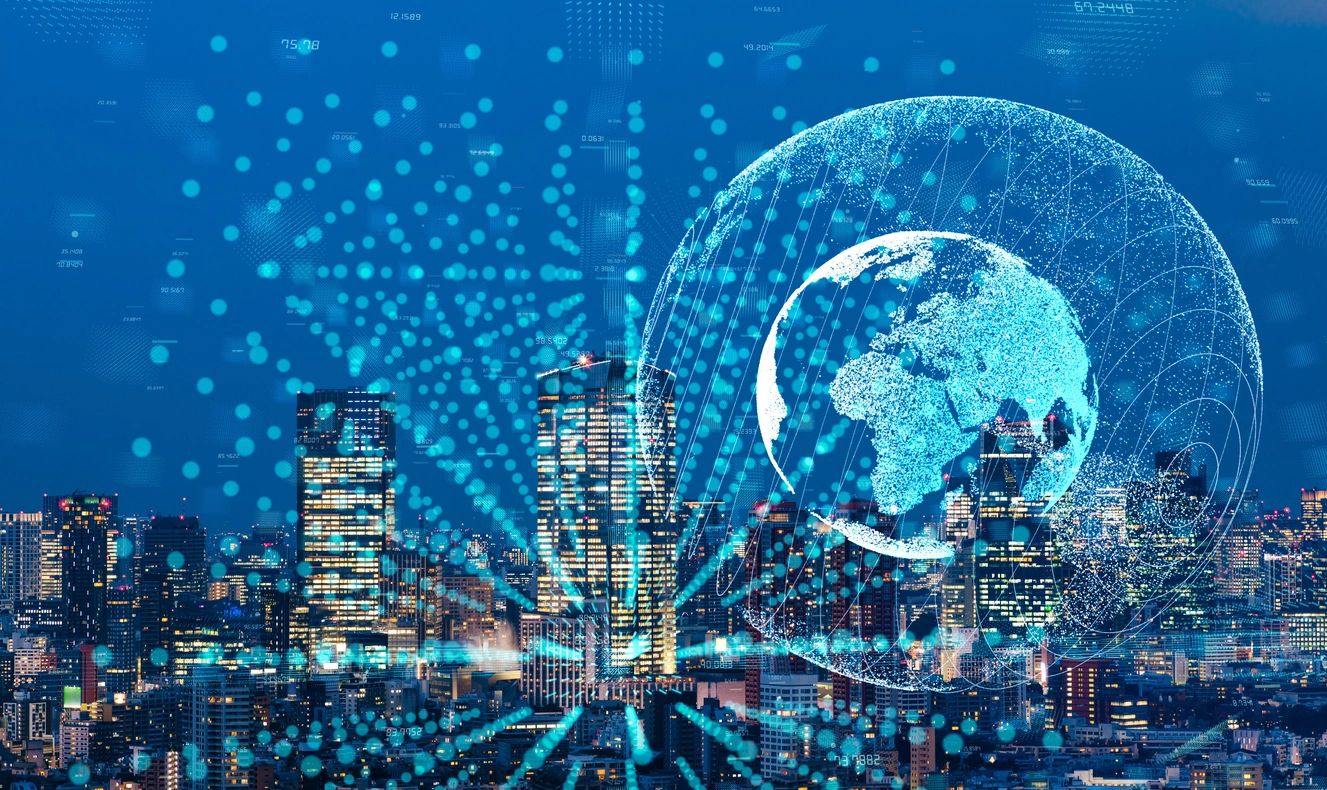
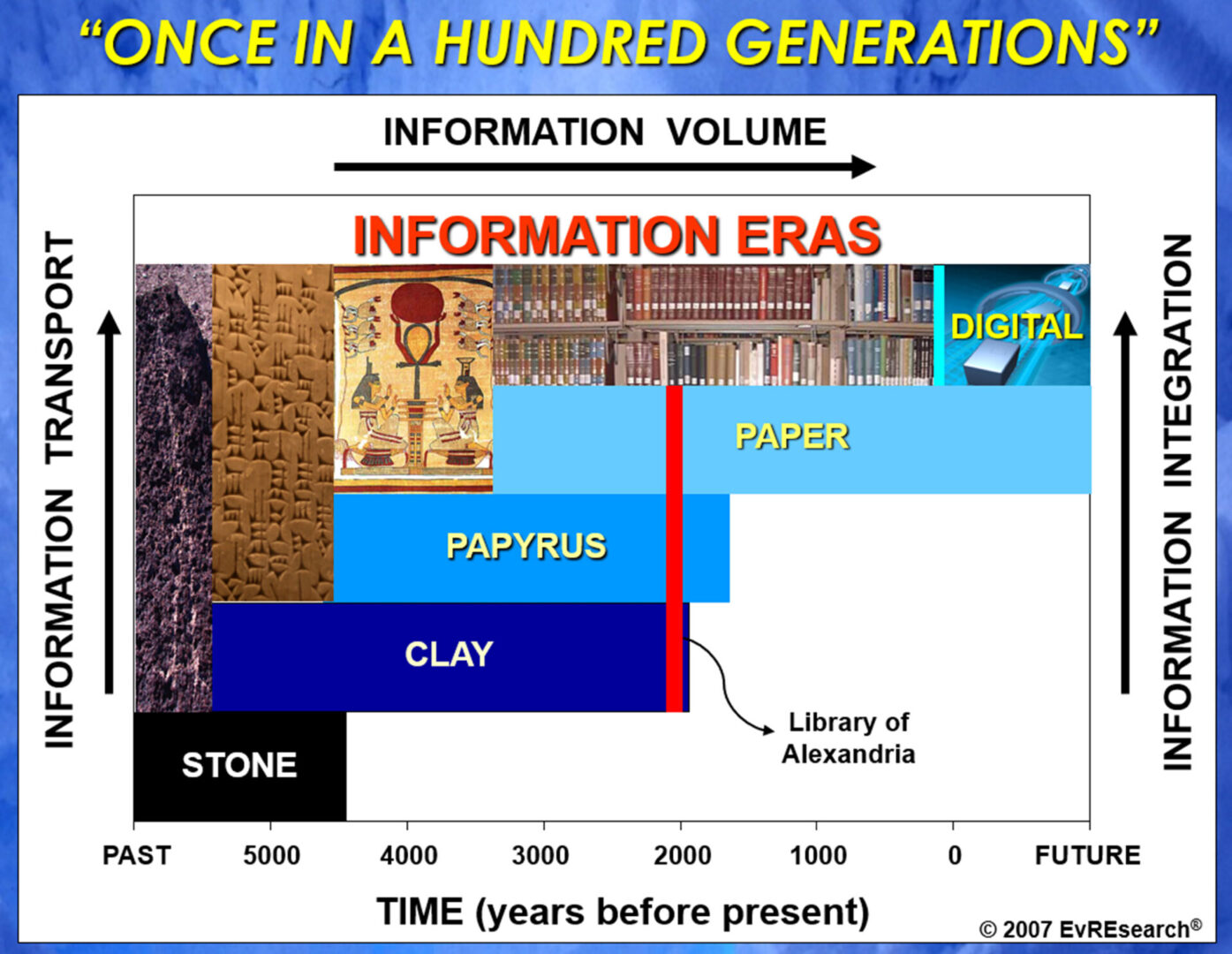
Informed decisions “operating across a continuum of urgencies” with Open Science are in contrast to uninformed decisions that only operate at a moment in time with limited perspective, as happens when self-interests dominate at political time scales without dialogue.
The inclusive context of Open Science is across the communication eras of humankind – enabling unprecedented capacities today to produce informed decisions at local-to-global levels. Our digital era also is awakening capacities for critical thinking in the footsteps of Socrates, involving questions, especially with artificial intelligence as a tool for knowledge discovery. Inquiry skills are egalitarian at the heart of free speech in every culture, language and nation, complementing reading, writing and arithmetic at all levels of education at the core of being inclusive.
The theory of “informed decisionmaking” is its operation as a scalable process with short-to-long term benefits at personal-to-planetary levels that can be applied as well as tested inclusively. Sharing the associated methods and skills with informed decisionmaking – to develop common-interest building capacities with global inclusion – is a goal of the Science Diplomacy Center™.
For nations, peoples and our world – informed decisions operate from:
For you as an individual the ‘continuum of urgencies’ is like driving down the road, concerned most immediately with the cars to the left and right, but alert to red lights ahead as you maneuver into the future, considering the cars in your review mirror to be safe – triangulating present, future and past.
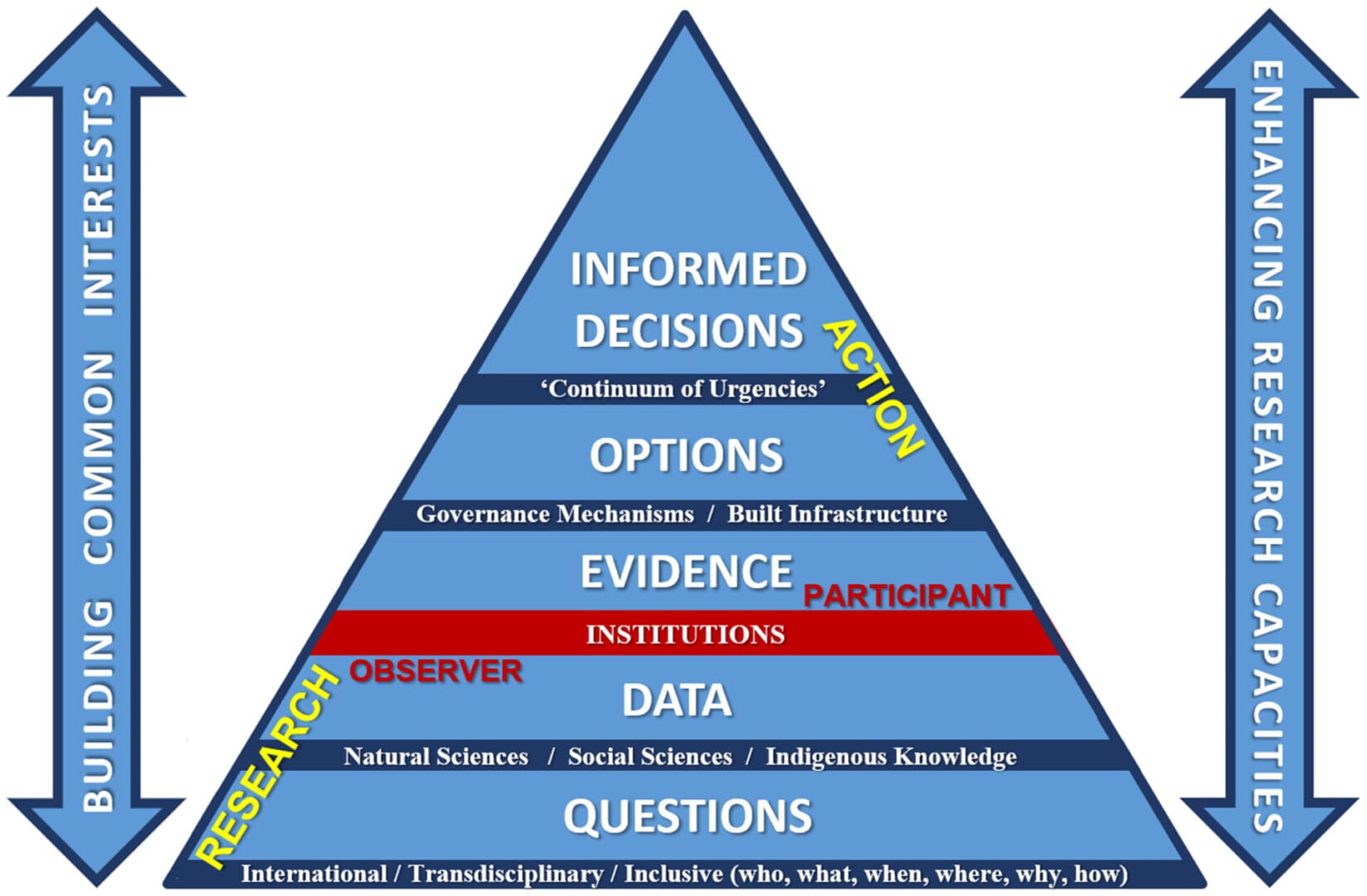
This international, transdisciplinary and inclusive process with informed decisionmaking – as the engine of science diplomacy – integrates questions inclusively across each level of the Pyramid of Informed Decisionmaking to produce an informed decision as the apex goal.
An informed decision is not a good or bad decision, not a right or wrong decision, but a decision that optimizes the available data in view of the underlying questions. Part of this optimization is to recognize that questions with inclusion (who, what, when, where, why and how) can be used to build common interests among allies and adversaries alike, as illustrated in Antarctica and Outer Space, where the two superpowers cooperated productively throughout the Cold War.
Beyond academic considerations with policy as a product – the Science Diplomacy Center™ emphasizes diplomacy as a process and as a skill to apply, train and refine. With science diplomacy, this skill operates especially across the data-evidence interface from research into action. The relevant observation is data to answer questions with research are different from evidence for decisions with action, which involves decisionmakers and their institutions.
Evidence for decisions are necessary, but insufficient. With science diplomacy, the subsequent action is to reveal options (without advocacy), which can be used or ignored explicitly, avoiding agendas real or perceived that create political dynamics. A practical outcome of this research with the Science Diplomacy Center™ involves the coupling of governance mechanisms and built infrastructure to achieve progress with sustainable development.
Triangulating present, future and past. There is opportunity with Open Science to construct informed decisions that optimize the available information that is practically infinite and instantaneous in our digital era.
The Science Diplomacy Center™ aims to contribute to sustainable development by generating research products that help to balance environmental protection, economic prosperity and societal well-being across generations. Such balance operates with personal-to-planetary inclusion (who, what, when, where, why and how), which is why the seventeen United Nations Sustainable Development Goals (SDG) are a gift to humanity. With inclusive context, the American Museum of Natural History visualization of humankind through time (CLICK on the figure) is a journey of discovery for all who watch.
To be inclusive, considering science as the ‘study of change’ – science diplomacy contributes with informed decisionmaking to the fundamental elements of sustainable development as well as their coupling:
At the level of peoples, nations and our world – science diplomacy enhances international cooperation, enabling allies and adversaries alike to build common interests with inclusive considerations from security to sustainability time scales.
RESEARCH EXAMPLE: PAN-ARCTIC MARITIME SHIP TRAFFIC
These are examples of activities previously conducted by the Science Diplomacy Center™ and reflect anticipated activities going forward.
The following research example illustrates informed decision-making with sustainable development (see the Springer Book Series), involving the oldest continuous satellite record of Pan-Arctic maritime ship traffic. Transdisciplinary questions to address across the Pyramid of Informed Decisionmaking involve biogeophysical impacts and socioeconomic changes in the Arctic Ocean as the sea ice diminishes with climate warming, which can be illustrated with inclusion:
Who: Who is impacted by Arctic maritime ship traffic (e.g., in relation to Arctic and non-Arctic states, Indigenous peoples, businesses and associated ecosystems)?
What: What are the local-to-global connections that can be investigated with Pan-Arctic maritime ship traffic (e.g., in relation to Arctic Ocean proximity)?
When: When is the highest volume of maritime ship traffic in the Arctic Ocean each year (e.g., in relation to seasonal sea-ice advance and retreat)?
- Satellite Record of Pan-Arctic Maritime Ship Traffic (2022)
- Bering Strait Region (BeSR) view with sea ice 2009-2016 (Video)
Where: Where is highest volume of maritime ship traffic in the Arctic Ocean across the past decade (e.g., in relation to sea zones under international law)?
- Shipping Responds to Arctic Ice Decline (2018)
- Pan-Arctic Shipping and Sea-Ice 2010-2016 (Video)
- Barents Sea Region (BaSR) Shipping 2010-2016 (Video)
Why: Why is it necessary to collect satellite data about Pan-Arctic maritime ship traffic (e.g., in relation to emergency response capacities, ecosystem impacts, economic forecasts, risks for subsistence hunting and objective geopolitical assessments with circumpolar coverage)?
- Pan-Arctic Emergency Response System (2015)
- Next-Generation Arctic Marine Shipping Assessments (2020) emphasizing the concept of next-generation
How: How can satellite data be transformed into evidence for informed decisions about Pan-Arctic maritime ship traffic short-to-long term (e.g., in relation to binding Arctic agreements that have entered into force during the past decade)?
- Maritime Ship Traffic in the Central Arctic Ocean High Seas as a Case Study with Informed Decisionmaking (2022)
- Open Access – Baseline of Next-Generation Arctic Marine Shipping Assessments – Oldest Pan-Arctic Satellite Automatic Identification System (AIS) Data Record of Maritime Ship Traffic, 2009-2016 archive at the Arctic Data Center
- International, transdisciplinary and inclusive integration, as illustrated by the INFORMED DECISIONMAKING FOR SUSTAINABILITY book series with Arctic states, Indigenous Peoples’ Organizations and the international community in view of biogeophysical (e.g., sea ice) and socioeconomic (e.g., law of the sea) dynamics in the Central Arctic Ocean High Seas.

